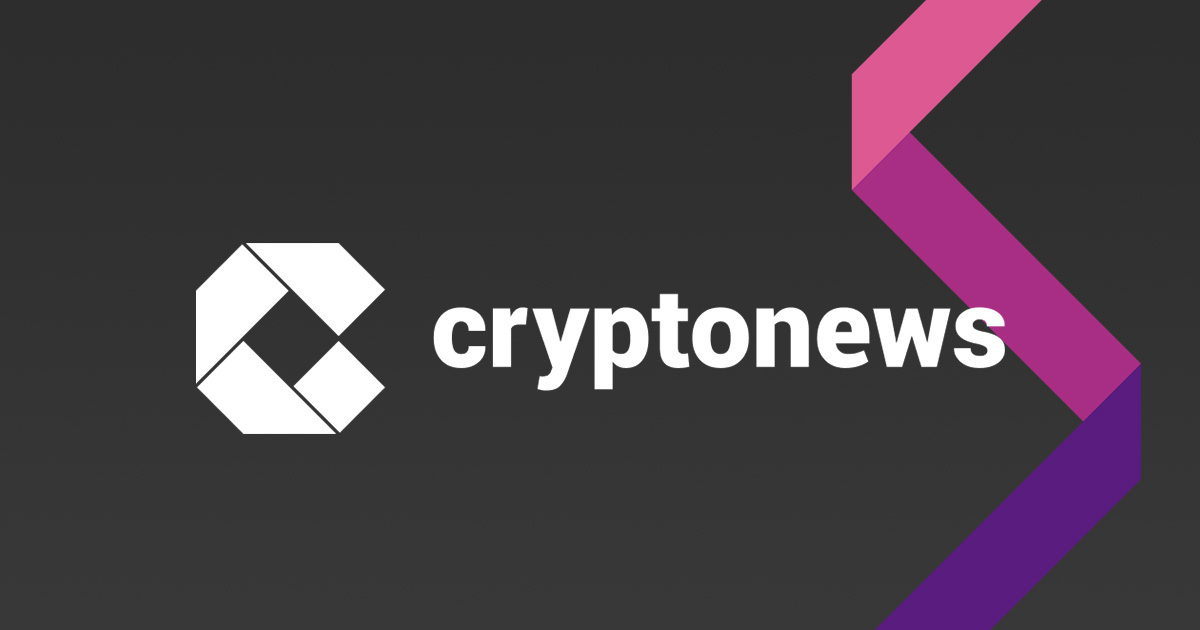Key points:
-
Bitcoin is bucking seasonality trends by adding 8%, making this September its best since 2012.
-
September 2025 would need to see 20% upside to become Bitcoin’s strongest ever.
-
BTC price volatility is at levels rarely seen before in an unusual bull cycle.
Bitcoin (BTC) has gained more this September than any year since 2012, a new bull market record.
Historical price data from CoinGlass and BiTBO confirms that at 8%, Bitcoin’s September 2025 upside is its second-best ever.
Bitcoin avoiding “Rektember” with 8% gains
September is traditionally Bitcoin’s weakest month, with average losses of around 8%.
This year, the stakes are high for BTC price seasonality, as historical patterns demand the next bull market peak and other risk assets set repeated new all-time highs.
While both gold and the S&P 500 are in price discovery, BTC/USD has coiled throughout September after setting new highs of its own the month prior.
Even at “just” 8%, however, this September’s performance is currently enough to make it Bitcoin’s strongest in 13 years.
The only time that the ninth month of the year was more profitable for Bitcoin bulls was in 2012, when BTC/USD gained about 19.8%. Last year, upside topped out at 7.3%.
BTC/USD monthly returns. Source: BiTBOBTC price volatility vanishes
The figures underscore a highly unusual bull market peak year for Bitcoin.
Related: BTC ‘pricing in’ what’s coming: 5 things to know in Bitcoin this week
Unlike previous bull markets, BTC price volatility has died off in 2025, against the expectations of longtime market participants based on prior performance.
CoinGlass data shows volatility dropping to levels not seen in over a decade, with a particularly sharp drop from April onward.
Bitcoin historical volatility (screenshot). Source: CoinGlassOnchain analytics firm Glassnode, meanwhile, highlights the lack of severity of BTC price drawdowns from all-time highs this bull market.
These have previously reached 80%, but so far in 2025, 30% remains the largest.
BTC price drawdowns from all-time highs. Source: GlassnodeThe relative lack of volatility nonetheless reflects in bull market performance, with BTC/USD struggling to compete with previous cycles.
In July, Cointelegraph reported on potential 50% price gains following unusually low readings from the Bitcoin Implied Volatility Index metric.
This article does not contain investment advice or recommendations. Every investment and trading move involves risk, and readers should conduct their own research when making a decision.
Source: https://cointelegraph.com/news/bitcoin-price-gains-8-september-2025-on-track-for-best-in-13-years?utm_source=rss_feed&utm_medium=feed&utm_campaign=rss_partner_inbound


